Durham, the historic and scenic county situated in the heart of the North East of England, is home to some of the most beautiful towns, villages, and spans of countryside in the entirety of the country.
In addition, dotted around its landscape are a string of historic castles, each of which with their own fascinating heritage; here are the best castles to visit in the picturesque county of Durham:

6 Beautiful Castles to Visit in Durham
1. Barnard Castle
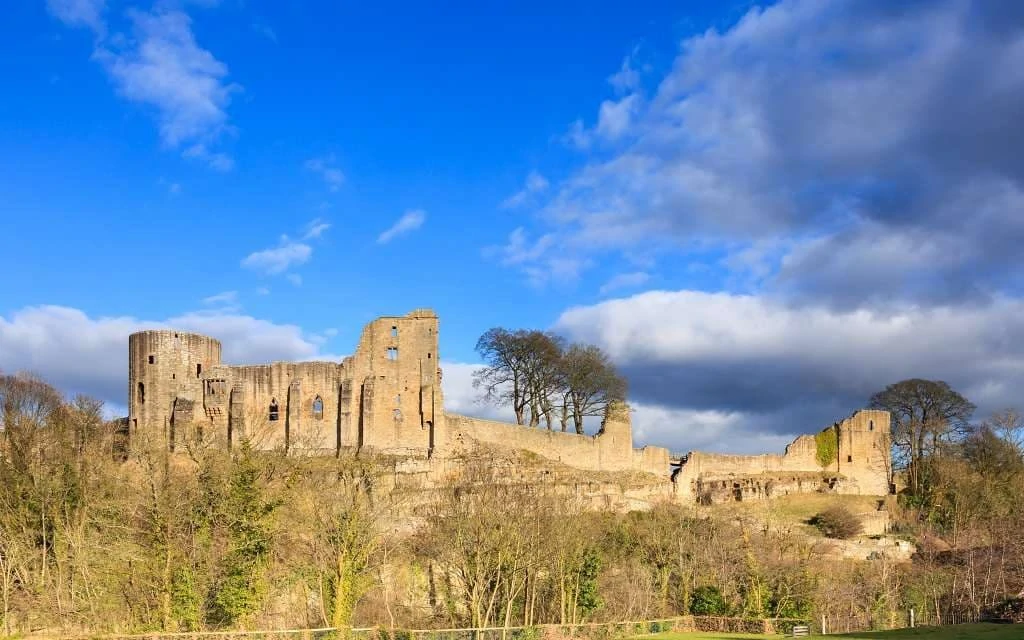
Situated in the market town of the same name, Barnard Castle, Barnard Castle is a large, ruined medieval castle that dates back to the year 1095; it was completed in the year 1125 by Guy de Balliol, who was a Picard Baron, and it was erected on a site where an earlier fortress had existed.
In the midst of the 12th century, the castle was extended and modernised, before it was later besieged by Alexander II, King of Scotland in the year 1216.
The castle eventually fell into the hands of the noble Neville family, who converted the castle into a much grander and more impressive structure; however, the castle eventually fell into disrepair, and in modern times, has been maintained by the English Heritage, whereby visitors can explore the historic ruins.
Where: Barnard Castle
When: 11th century
Open for visit: Yes, check here for more information.
2. Brancepeth Castle

In the heart of the sleepy County Durham village of Brancepeth, lies the historic and impressive Brancepeth Castle. The first castle to be built upon this site dates back to the Norman era, where it was erected by the Bulmers, a prominent noble family; however, this was later rebuilt by the Neville family at the end of the 14th century, until it was confiscated from them in 1569.
Since this point, there have been a huge number of different owners, and the castle has been used for a variety of different purposes. The castle that stands today dates mostly back to the middle of the 19th century, and it was designed by the architect John Patterson; in line with the Gothic-revival principles of this era, Brancepeth Castle took on the appearance of a late Medieval castle.
Today, the castle is unfortunately not open to the general public, and it is reserved solely for private events.
Where: Brancepeth
When: 12th-century origins
Open for visit: Not open to the general public. Check here for more information.
3. Durham Castle
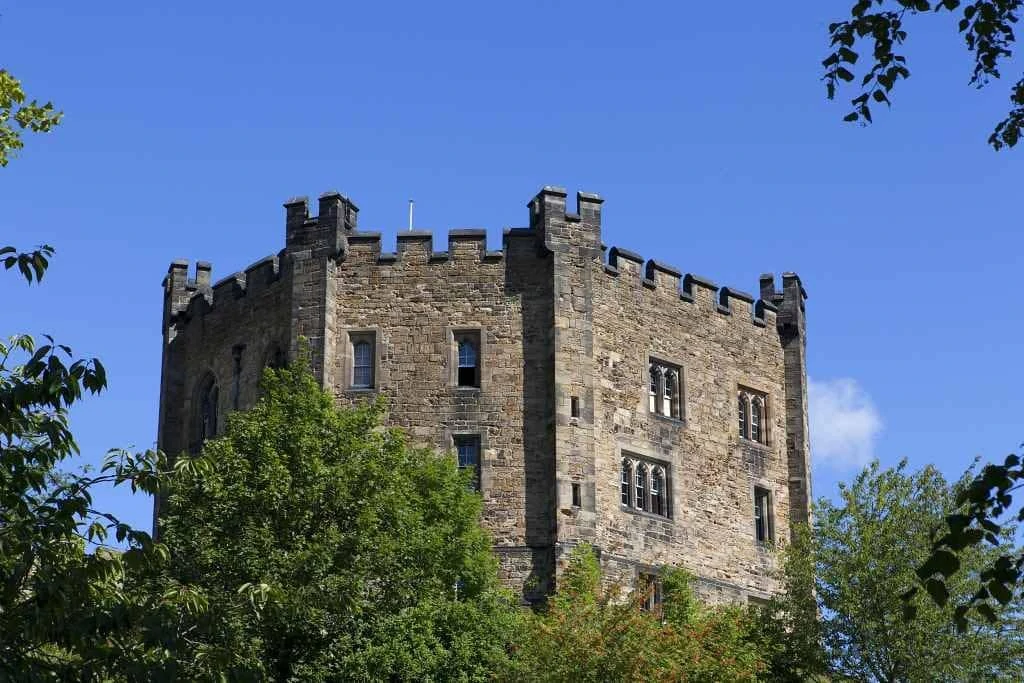
Located in the gorgeous city of Durham, is the wonderful Durham Castle. The origins of this castle date back to the aftermath of the Norman Conquest of England, where construction began in the year 1072, upon the decree of William the Conqueror; the materials for this original castle were taken from the cliffs below.
Throughout the centuries, the castle was rebuilt, renovated, and modernised on several different occasions, due to it being partially destroyed on a number of different occasions.
To this day, there are many original features still intact that are accessible to the general public; some of the highlights include the Norman Chapel, which is the oldest part of the castle that is open to the public, and it is believed to date back to around the year 1078. The castle is a UNESCO World Heritage Site and is a key tourist attraction for visitors to Durham.
Where: Durham
When: 1072
Open for visit: Yes, guided tours usually take place 3-4 times daily. Check here for more information.
Check out: The best Norman Castles to visit in England
4. Lumley Castle
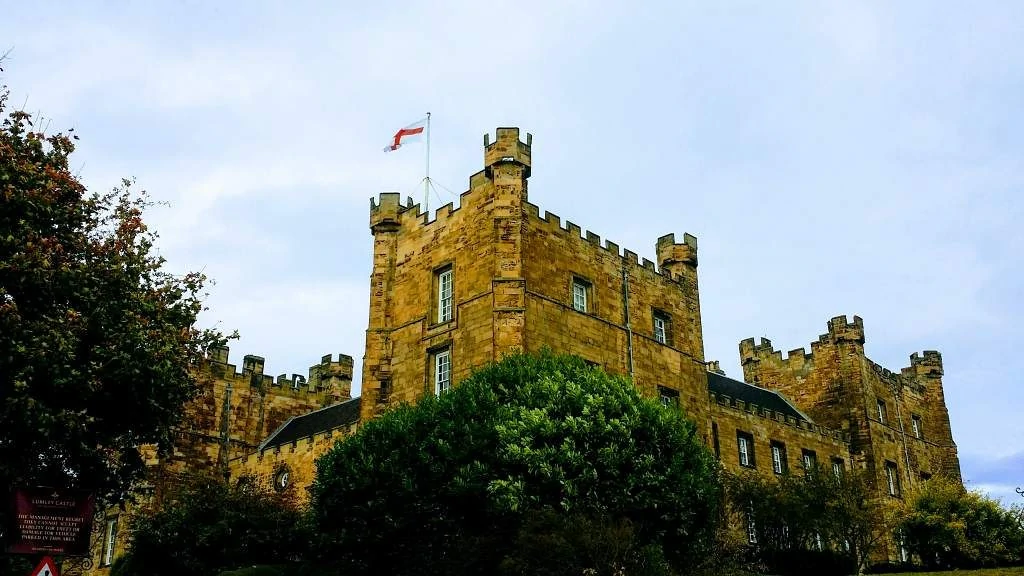
In the scenic, historic County Durham town of Chester-Le-Street is the fascinating and impressive Lumley Castle. The castle dates back to the 14th century, whereby Sir Ralph Lumley set out to transform his family manor house into a large castle; it is thus named after the original creator.
Throughout the Middle Ages, the castle switched hands several times, and was visited by royalty on several different occasions; throughout this period, the castle was also renovated, and many new additions were added, such as grand, Gothic windows, fireplaces, as well as a chapel. In the 19th century, the castle had become the residence for the Bishop of Durham, and it began its associations with the University of Durham.
To this day, the castle is a luxury, high-end hotel, and many visitors are fascinated by the stories of ghostly hauntings.
Where: Chester-Le-Street
When: 14th century
Open for visit: Not open to the general public; a hotel only.
Click here for more Castles to stay in England.
5. Raby Castle
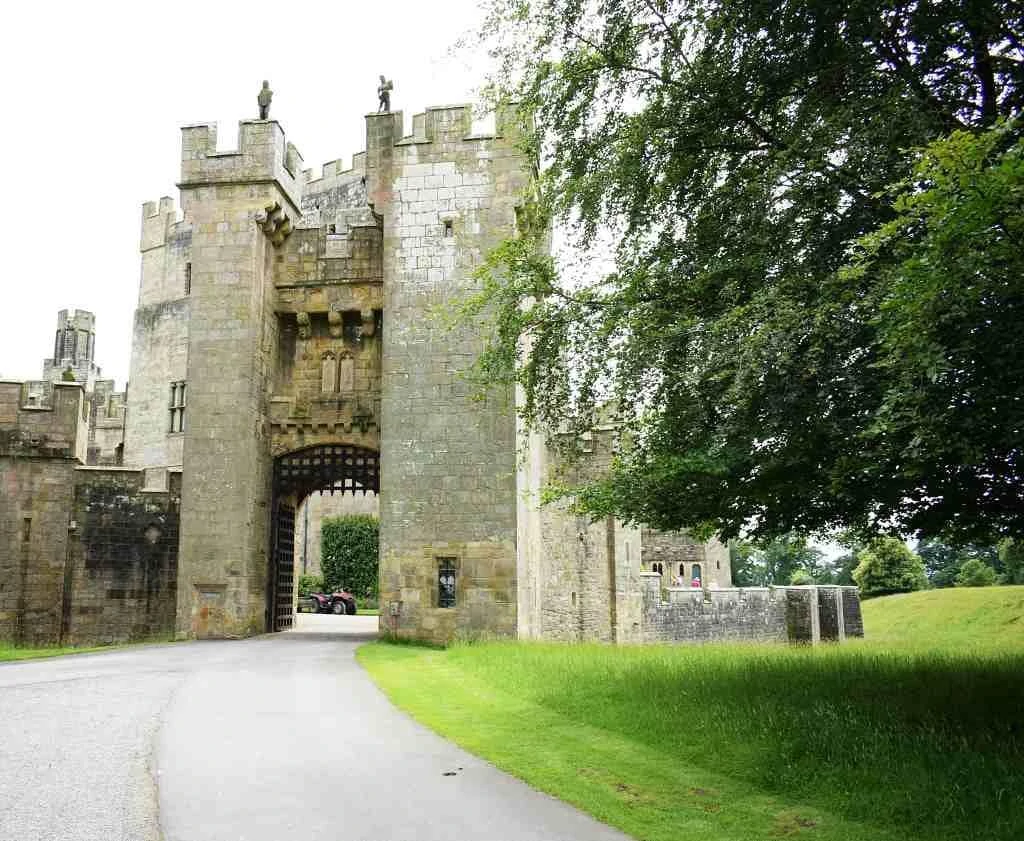
Located near to the County Durham village of Staindrop, lies the gorgeous medieval Raby Castle. The castle was originally founded in the 13th century when it was held by the House of Neville; at this point, the castle was relatively small and simple, and the family began to renovate and rebuilt large sections of it between the years 1367 and 1390.
Throughout the centuries, the castle has been heavily linked with the monarchy, whereby various key figures either resided there or were avid visitors.
The castle was renovated in the middle of the 19th century by the architect William Burn, who added new roofs to some of the rooms, such as the great hall; he also added a drawing-room to one of the towers, in the Jacobean architectural style.
Today, the castle is open to the public between May and September, as well as throughout Easter.
Where: Staindrop
When: 13th century
Open for visit: Yes, check here for more information.
6. Scargill Castle
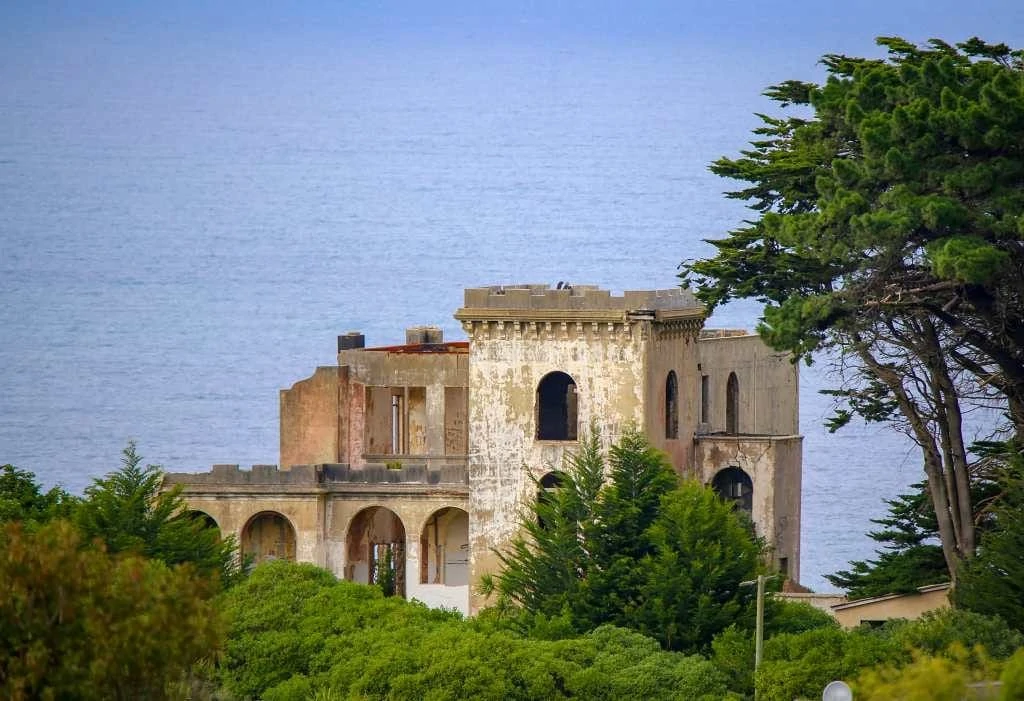
The town of Scargill is a beautiful hamlet in County Durham and is home to the gorgeous Scargill Castle. Little is known about the exact origins of this castle; however, it is believed to have been occupied as a fortified manor house from the end of the 12th century onwards.
There are small fragments remaining of this early structure, though most of the castle that stands today was constructed in the early 16th century. Today, the castle is a Grade II listed building and is rented out as a holiday home, which makes for the perfect trip away for any history enthusiast.
Where: Scargill
When: 12th century
Open for visit: Not open to the general public.
